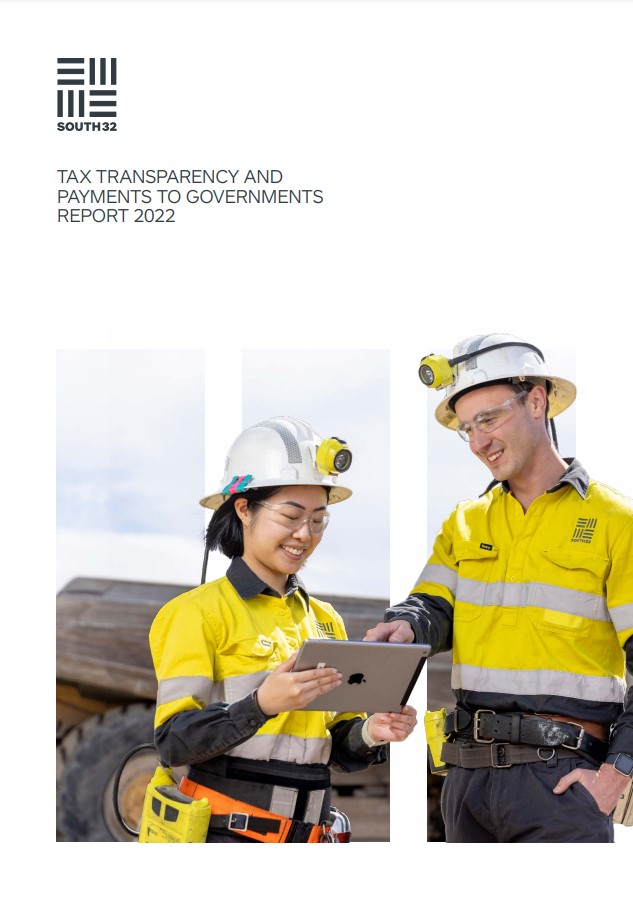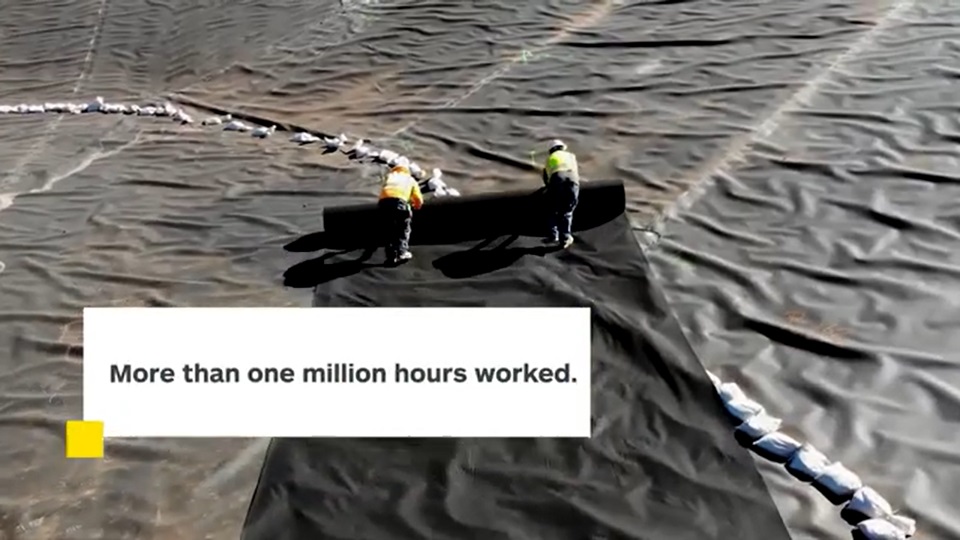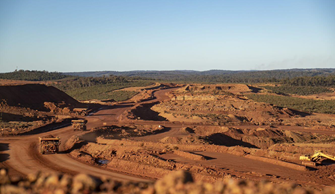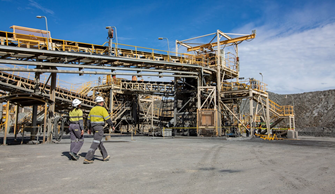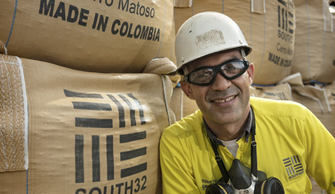Our approach to tailings management
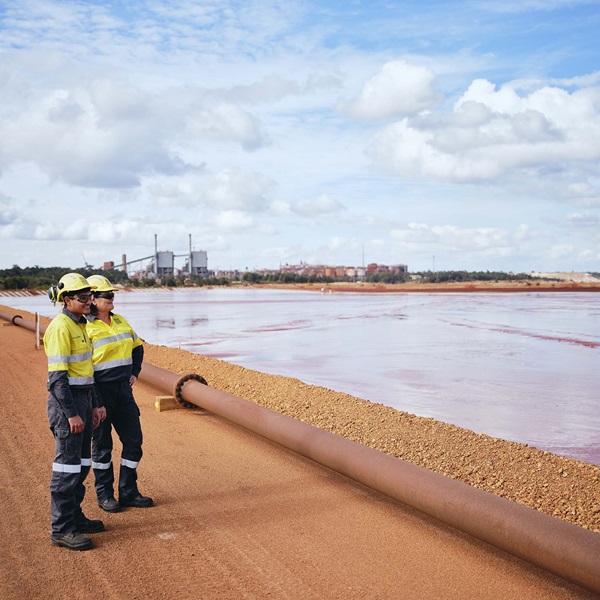
Our approach to tailings management
Our approach to tailings management is consistent with the International Council on Mining and Metals (ICMM) Tailings Management: Good Practice Guide, which is informed by the requirements of the GISTM and the commitments in the ICMM’s Tailings Governance Framework Position Statement, the ICMM Mining Principles, as well as the Australian National Committee on Large Dams (ANCOLD) guidelines. These requirements are embedded in our internal dam management standard.
Our overarching approach to tailings management is to achieve stable tailings. This involves understanding tailings behaviour, reducing water content at TSFs, and developing innovative construction techniques for these TSFs.
We recognise the potential risks TSFs present to our people, our communities, the environment and shareholders. Our ‘Approach to Tailings Management’ reflects our commitment to safe and responsible management throughout the TSF lifecycle and applies to South32 operated TSFs.
